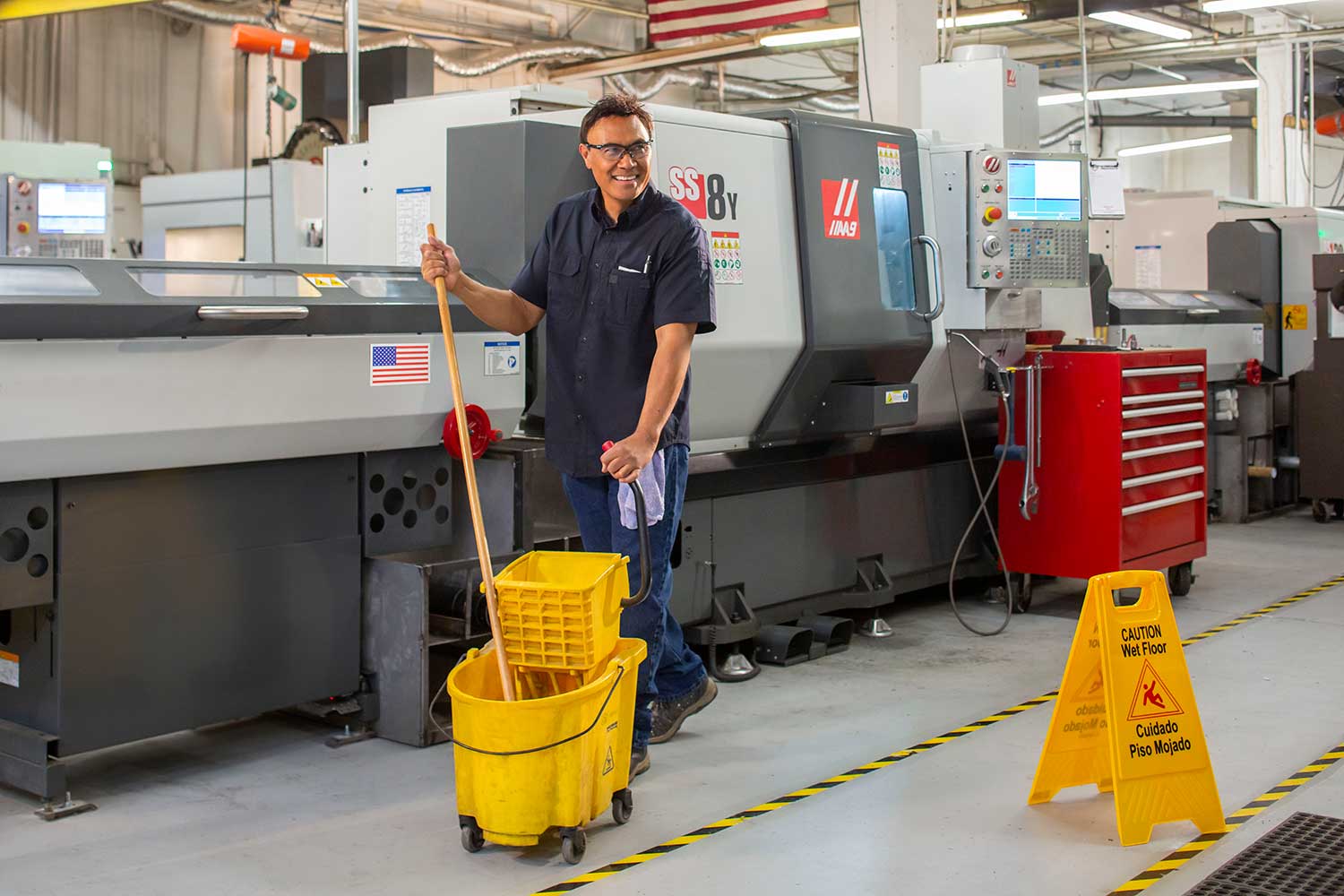
How Small Businesses Can Control Workers’ Compensation Claim Costs
Most businesses in the U.S. are required to carry workers’ compensation insurance to protect employees who become injured at work.[1] More than a cost of doing business, workers’ compensation insurance should be considered a strategic investment that protects a business’s most important asset: its employees. Business owners can manage this investment and control workers’ compensation claim costs by proactively reducing workplace risks that could lead to a potential claim.
Here are three ways to control workers’ compensation claim costs.
1. Emphasize a culture of safety.[2]
An effective way small business owners can control claims costs is to instill a culture of safety throughout their organizations. A safety culture is rooted in the business’s core values and expressed through communications and behavior. Businesses that adopt a safety-first mindset can potentially reduce the likelihood of a costly workplace injury or occupational disease that could result in higher premiums and claim costs.
2. Provide proper training.
Employee injuries can have negative repercussions on a business, including increased costs associated with workers’ compensation claims and out-of-pocket expenses, as well as lower employee morale or lost productivity. While large organizations that employ hundreds or thousands of people may be able to shift workloads and absorb an injured employee’s absence, a business that employs only a handful of people will likely feel a much greater impact.
A well-trained workforce is key to a safe and efficient operating business. Depending on the nature of the business, this could include:
- Emphasizing the importance of safety for everyone in the workplace.
- Proper usage of industry-specific machines, tools or equipment, such as meat slicers, needles, trash compactors or forklifts.
- Proper handling of potentially hazardous materials, such as bleach or other cleansers.[3]
- Educating employees of safe practices when working in extreme weather conditions, including safe winter driving practices[4]
- Ergonomics best practices, especially for workers who are primarily based at a desk, to reduce musculoskeletal disorders (MSDs)[5]
- Proper lifting practices[6]
- Safe ladder usage[7]
- Proper procedures to follow when an employee is injured on the job, including when and how to report injuries[8]
- Training requirements in Occupational Safety and Health Administration (OSHA) standards[9]
For additional information and assistance in selecting training programs, consult with an insurance agent or carrier.
3. File claims quickly.[10]
On-the-job workplace injuries and occupational diseases should be reported as soon as possible following the incident. EMPLOYERS® recommends reporting claims immediately after they happen, preferably within 24 hours. Not only does filing a claim promptly send a positive message to all employees, it can help expedite the incident investigation process and potentially save money. Early reporting can help identify minor injuries that could potentially worsen without proper medical attention, resulting in more expensive treatment and increased time off work.
Identifying potential workplace risks and developing proactive strategies to address them can greatly reduce the likelihood of an employee injury or occupational disease, mitigate loss and control claims costs. For more information on building a safety culture, training programs, and how to file a claim, consult an agent or your insurance carrier.
